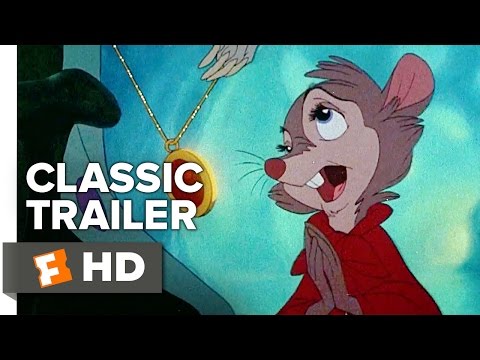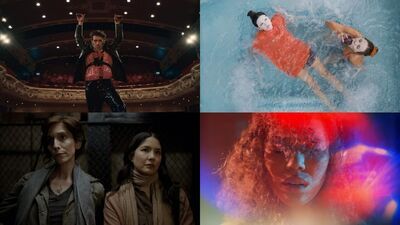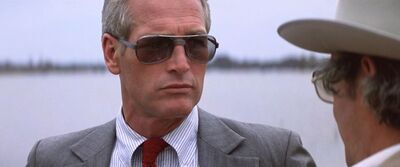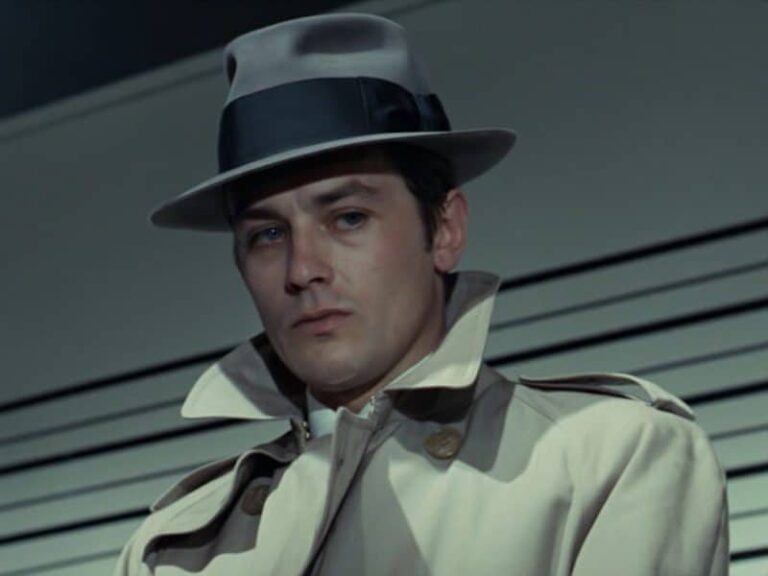Why 1986’s ‘The Great Mouse Detective’ Saved Disney
There was a point where the Walt Disney company nearly went bankrupt thanks to “The Black Cauldron.”
As multiple tomes on the company’s history share, the box office failure of that 1985 animated swing at Tolkien grandeur hit the Mouse House hard. The money coming in from the theme park attendance was the only sizable source of income the company had at that point.
This came after years of making live-action and animated films that were mostly out of touch and devoid of magic. Enter Michael Eisner, the former head of Paramount Pictures, whose appointing Jeffrey Katzenberg as head of the film division was a big first step at revitalizing the company’s image.
Among their first company course corrections? Nurturing the production of “The Great Mouse Detective” (1986).

Set in London in 1847, a young mouse named Olivia (Susanne Pollatschek) seeks the help of the great mouse detective, Basil of Baker St. (Barrie Ingham), and his sidekick Dawson (Val Bettin), both mice stand-ins for Arthur Conan Doyle’s Sherlock Holmes and Dr. Watson. Olivia’s father has been abducted by a peg-legged bat who works for Ratigan, Basil’s greatest opponent.
Ratigan, the equivalent of Doyle’s recurring villain Moriarity for this story, is played by Vincent Price, who is spectacular in the role. Price, who has admitted in print and TV interviews that it was his favorite film role, gives a vocal performance that is as funny and nasty as you’d expect from the legendary film actor.
Bolstered by a great Henry Mancini score, “The Great Mouse Detective” has the gothic richness of “Mickey’s Christmas Carol,” creating a world that’s light on mirth and looks truly dangerous. It has a bit of an edge, with the bat getting a scary introduction, an abducted father being the inciting incident and a drunken mouse who deservedly gets devoured by a cat.
The plot of a toymaker creating animatic replacements is oddly similar to “Halloween III: Season of the Witch.” However, unlike the glum “The Fox and the Hound” and the uneven “Black Cauldron,” this charming and exciting film shapes endearing characters and tells an engaging story.

The “22 and a half Baker St.” angle is wonderful — right below Holmes’ abode is a pint-sized universe of mice, with Basil as Holmes’ stand-in/double. The world here is like a cute version of Jordan Peele’s “Us,” with the anthropomorphic mice standing in for Doyle’s London denizens. Based on “Basil of Baker St.” by Eve Titus and Paul Galdone, it manages, of all things, to faithfully capture the spirit of Arthur Conan Doyle.
Released the same year as Don Bluth’s “An American Tail,” it’s another chapter in the back-and-forth Disney vs. Don Bluth rivalry that entertained animation fans for decades.
The short version — Bluth was a Disney animator who was unhappy with assignments like “The Black Cauldron,” declaring those era of Disney animated works to be unworthy of Walt Disney’s legacy. He led an animator’s walk out and started his own company.
Bluth’s first completed and released work: the 1982 masterpiece, “The Secret of NIMH.”

As each Bluth film appeared, it also presented itself as a chance to compete with the Mouse House: for example, Bluth’s “The Land Before Time” (1988) opened the same day as Disney’s “Oliver & Company” and didn’t outgross the competition.
On the other hand, Bluth’s “Anastasia” (1997) eviscerated the same day opening of the re-release of “The Little Mermaid.”
There’s also the case of Fidget, Ratigan’s sidekick bat, which appears as an all-too-obvious inspiration for Bartok the Magnificent, the scene stealing character from Bluth’s “Anastasia.”
Bluth’s ability to step up his game with every film he directed only kept Disney on their toes, the animation equivalent of The Beatles vs. The Beach Boys, in which everyone benefits.
FAST FACT: “The Care Bears Movie” earned more cash than “The Black Cauldron” when they hit theaters in 1985.
Creatively and, to a lesser extent, monetarily a comeback after “The Black Cauldron” catastrophe, this film ushered in the beginning of Disney’s animation renaissance. Although it hit theaters in the summer of ’86, it wasn’t released on videocassette until 1992 and has a minor status amongst the hall of fame titles.
Nevertheless, it towers over the more popular “Oliver & Company” and holds its own with Ariel, Belle and that magic carpet ride (the only Disney film of this era that beats them all is the still monumental “Who Framed Roger Rabbit”).
The four directors listed, John Musker, David Michener, Ron Clements and Burny Mattinson, are all Mouse House royalty: Clements and Musker later helmed “The Little Mermaid,” “Aladdin,” “Hercules” and “Moana,” Mattinson did the story for “Mulan” and “Tarzan,” among many others and Michener became an animation supervisor on numerous Saturday morning cartoons.

There’s a fantastic sequence at the bottom of “Detective’s” second act, where Basil and Dawson have been outwitted by Ratigan and find themselves tied to a mouse trap. Ratigan has set up a series of violent Rube Goldberg-worthy traps to kill them.
Also, Ratigan created an original tune, titled “Goodbye, So Soon,” which he plays for them on a record player, while the timer for the death device ticks away. It’s a funny set-up and Basil’s jarringly defeatist attitude towards his demise is touching. The scene develops in a surprising way and ends with a rousing punchline.
It’s golden, and so is the exciting finish atop Big Ben.
Historically, the climactic chase and brawl between Basil and Ratigan within the cogs of Big Ben is significant for the use of early CGI art direction. Those shots of a feral Ratigan sprinting through the innards of Big Ben are still stunning.
The only thing that doesn’t connect is a saloon girl character (pop singer Melissa Manchester), as needless here as Ann Margaret’s similar character in “Newsies” (1992). The entire saloon scene is something of filler and only “Tangled” (2010) has ever made that kind of bridging the second act sequence work.
The final shot couldn’t be more perfect, as the camera pulls back from the exterior of Basil’s abode to show us the silhouette of Holmes playing a violin in his window.
For Holmes and Basil, the game is always afoot. For animation lovers, the achievements of the now 35-years old “The Great Mouse Detective” are worthy of celebration and rediscovery.
The post Why 1986’s ‘The Great Mouse Detective’ Saved Disney appeared first on Hollywood in Toto.





